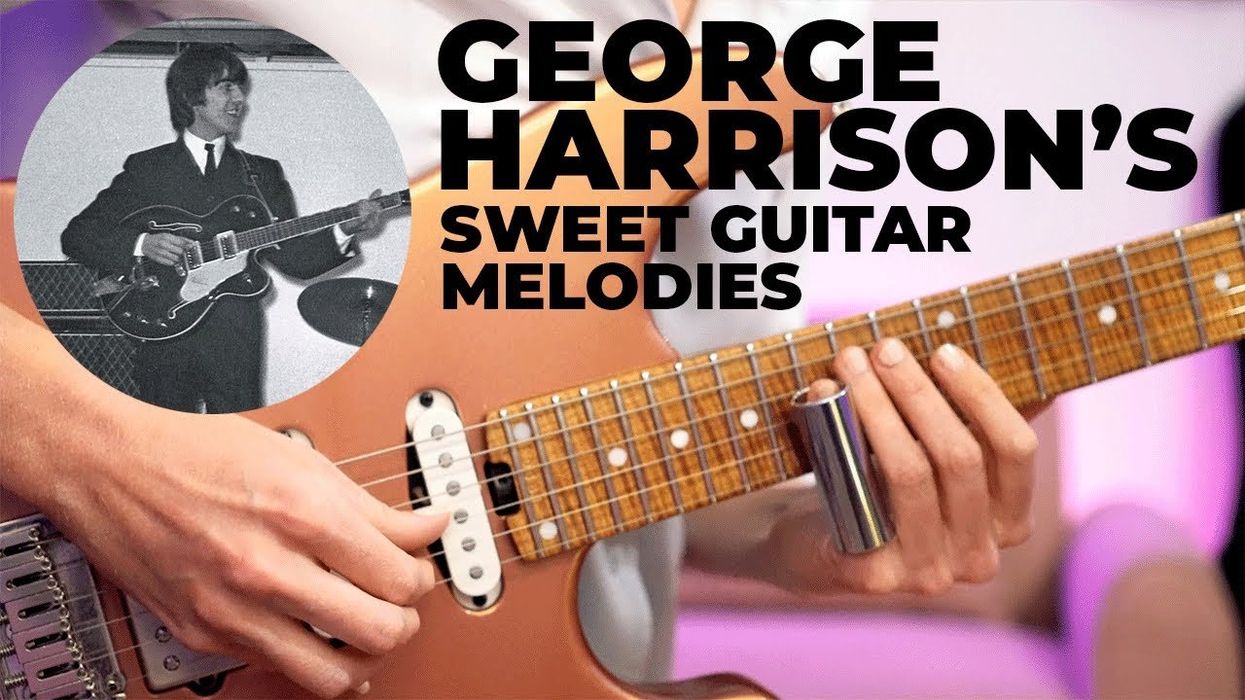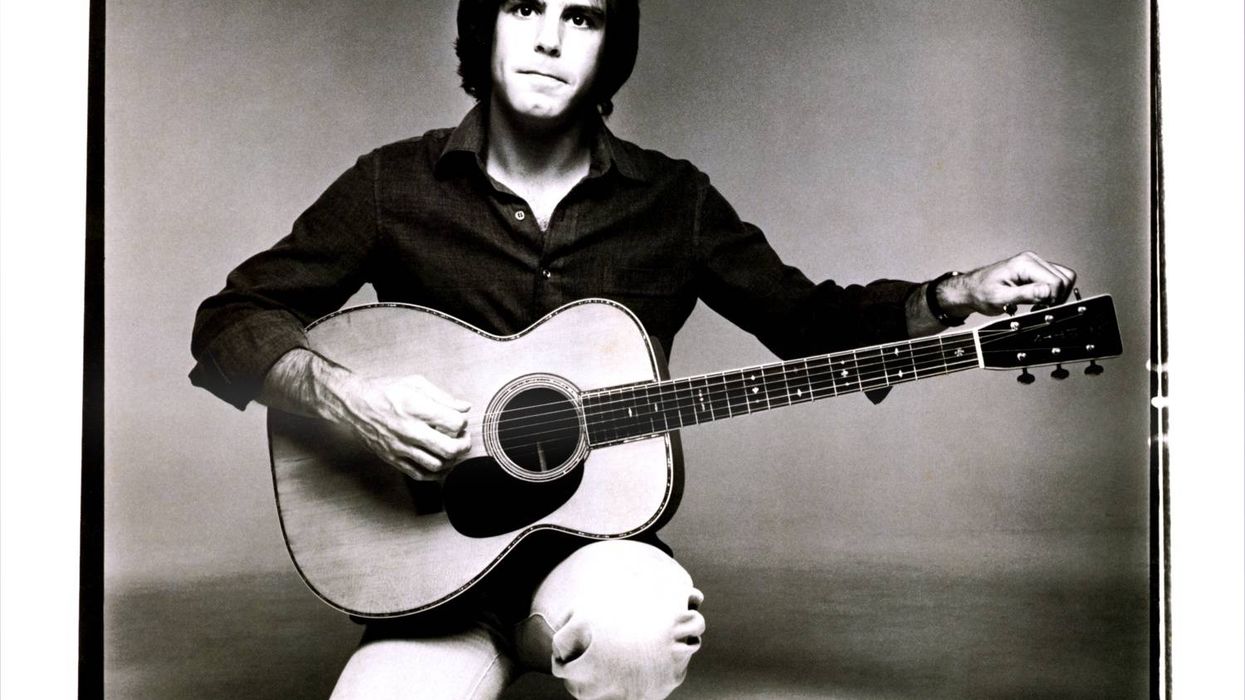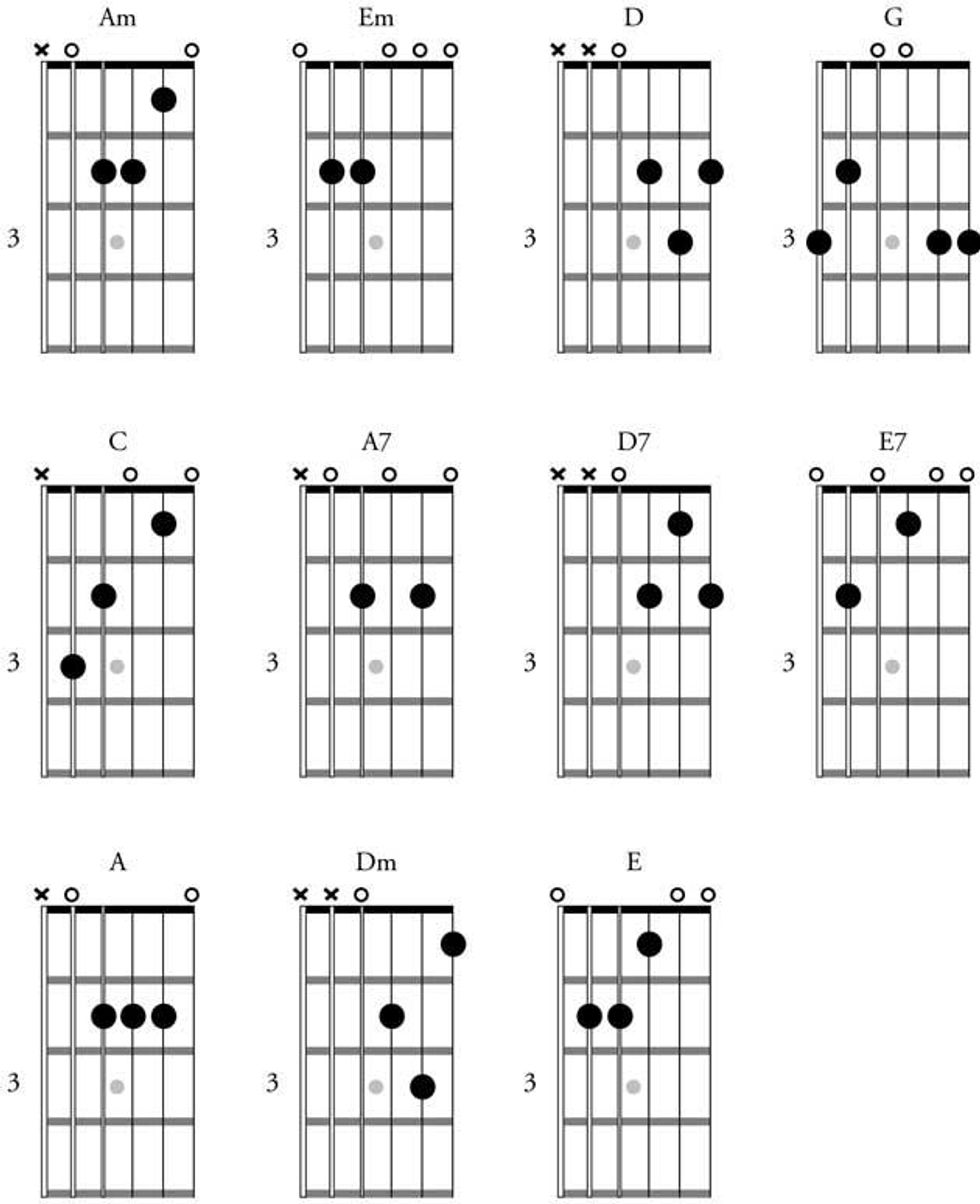
Photo by Chris Kies
During the late ’80s and early ’90s, the focus of the music industry shifted towards Seattle and the grunge movement. Gone were the big-hair bands, their spandex and pointy- headstock guitars swept away by groups offering a more blue-collar approach to rock. One of the biggest bands to emerge out of this scene was Alice in Chains. Formed by guitarist Jerry Cantrell, vocalist Layne Staley, drummer Sean Kinney, and bassist Mike Starr, the group had a different sound from other alt-rock bands that emerged from the Emerald City. AIC was much heavier, yet also featured rich vocal harmonies, and even folk and acoustic elements.
Their debut album, Facelift, spawned “Man in a Box,” which was in heavy rotation on MTV. Dirt, the band’s multi-platinum second album, proved to be their most successful with “Would?” gaining traction on the soundtrack to the movie Singles. Sadly, Staley and Starr (who left the band in 1993 and was replaced by Mike Inez) died from drug-related incidents. In 2006, William Duvall stepped in as vocalist and contributed to the two most recent albums, Black Gives Way to Blue and The Devil Put Dinosaurs Here.
Chops: Intermediate
Theory: Beginner
Lesson Overview:
• Learn how to incorporate Hendrix-style bends into a solo.
• Create down-tuned riffs using dropped-D tuning.
• Understand how to play in unusual time signatures.
Click here to download a printable PDF of this lesson's notation.
Jerry Cantrell has a very thick and powerful guitar sound that packs plenty of crunch. He’s a huge fan of dropped-D tuning and likes to layer guitar parts with a variety of tones. For our lesson, I was inspired by both old and new AIC, including “Man in a Box,” “Them Bones,” “Grind,” and “Check My Brain.” In this example, I’ve included droning bends, chugging dropped-tuned riffs, and some melodic chord sequences.
Click here for Ex. 1
The intro kicks off with a riff inspired by “Check My Brain.” You’ll notice we’re in dropped-D tuning, so don’t forget to lower your 6th string a whole-step. The riff is based around a bending figure that needs a bit of explanation. Throughout the measure, continue to pick eighth-notes while slowly bending the string up a whole-step. It creates an awesome droning effect and serves as a “question” to the next measure’s “answer.” You can see we have two alternating answer measures. The first one moves between the open 6th string and C on the 5th string. The alternate measure features a sliding octave shape. To fully emulate the AIC sound, I’ve doubled this riff an octave higher.
In the next section, we start with a thick rhythm part. For the double-stops, use all downstrokes and keep the chugging feel going. Dig into the strings and drive through the riff. Check out the Dm7 voicing at the 10th fret and add some vibrato.
For the chorus, we explore a slightly more open feel that includes some syncopation. This section was inspired by “Grind” from AIC’s self-titled album. Focus on connecting the sound between the double-stops and then move to the chugging feel for the Eb5 chords.
Next we move to a 6/4 time signature for the bridge, much like “Them Bones.” AIC often favors unusual time signatures, such as 7/8. Here, we keep a similar feel going with some chromaticism as we climb up the neck.
Cantrell is heavily inspired by Jimi Hendrix, and I’ve tried to capture that in the solo. Things kick off with a fast trill before moving into the D blues scale (D–F–G–Ab–A–C). Pay attention to the huge (minor third) bend in the solo’s third measure. Keep it in tune! After a flourish of triplets, we move up to the safe confines of the D minor pentatonic scale (D–F–G–A–C) in the 10th position. After the whole-step bend up to A on the 3rd string, keep it in place while picking the triplets—a classic blues-rock move. In the solo’s conclusion, a bit of shred pops up with a fast sextuplet lick based around legato phrasing within the D minor pentatonic scale.
Recording details. Cantrell is known for his signature G&L Rampage, a guitar he’s been using throughout his career. He’s also been seen playing Gibson Les Pauls and older Music Man models. Lately, Cantrell’s backline consists of Freidman heads (including his signature model) and Bogner cabs. For our track, I used my Music Man Axis into JamUp Pro on an iPad, and that was routed to Steinberg’s Cubasis via Audiobus. For the crunchy rhythm guitars, I used an amp model based on an old Peavey 5150. To record the solo, I moved to a 5150 MKIII with a model of an MXR Micro Amp in front. Though I didn’t use many effects, I added some ambient reverb on the rhythm parts and a stereo delay on the leads. I grabbed a Sterling by Music Man StingRay 5 for the bass parts and ran it through an Ampeg-style amp in JamUp.









![Rig Rundown: Russian Circles’ Mike Sullivan [2025]](https://www.premierguitar.com/media-library/youtube.jpg?id=62303631&width=1245&height=700&quality=70&coordinates=0%2C0%2C0%2C0)







